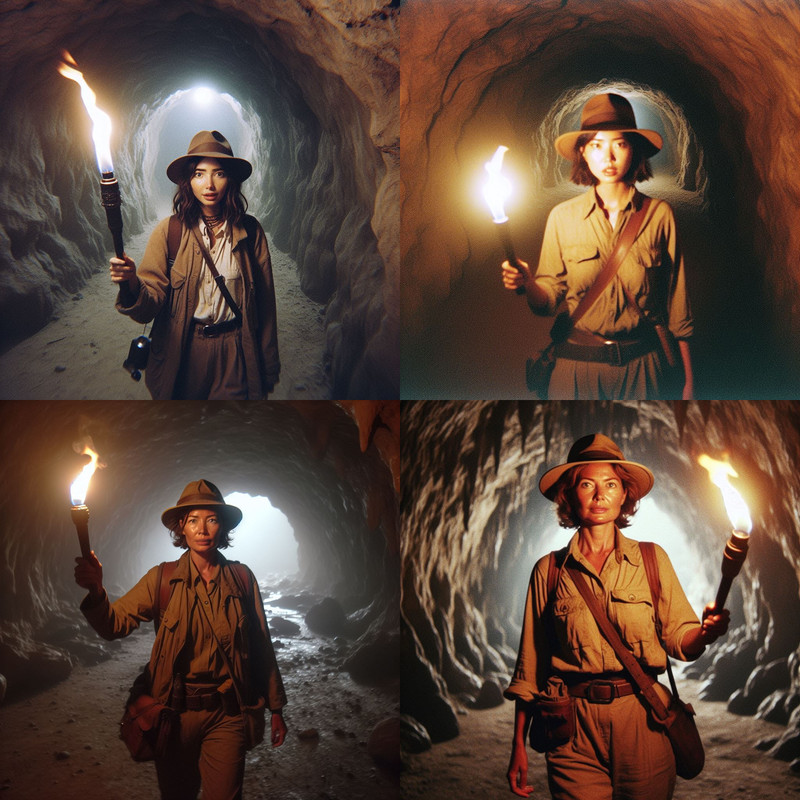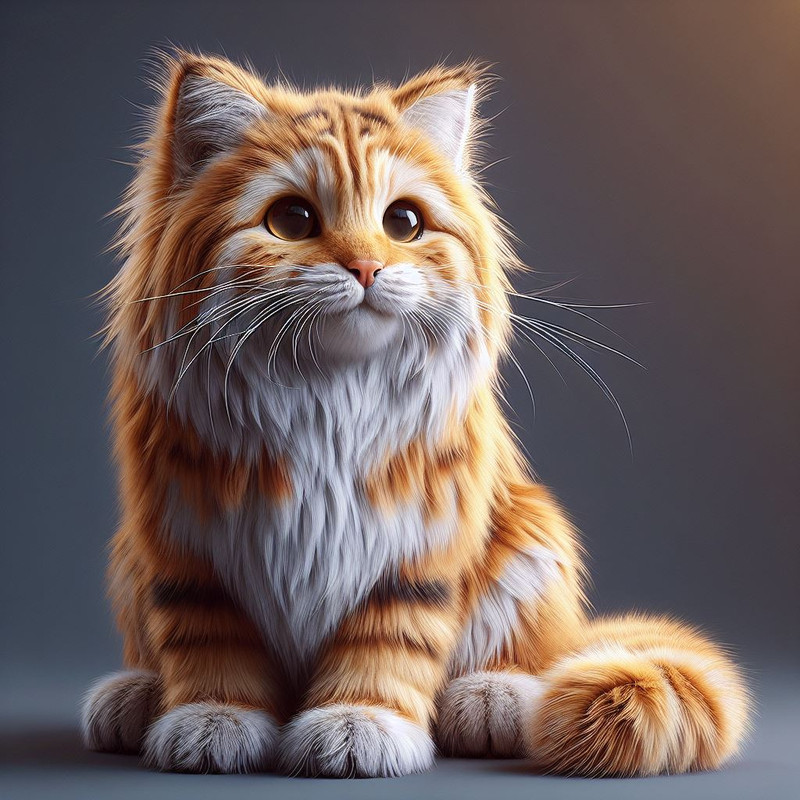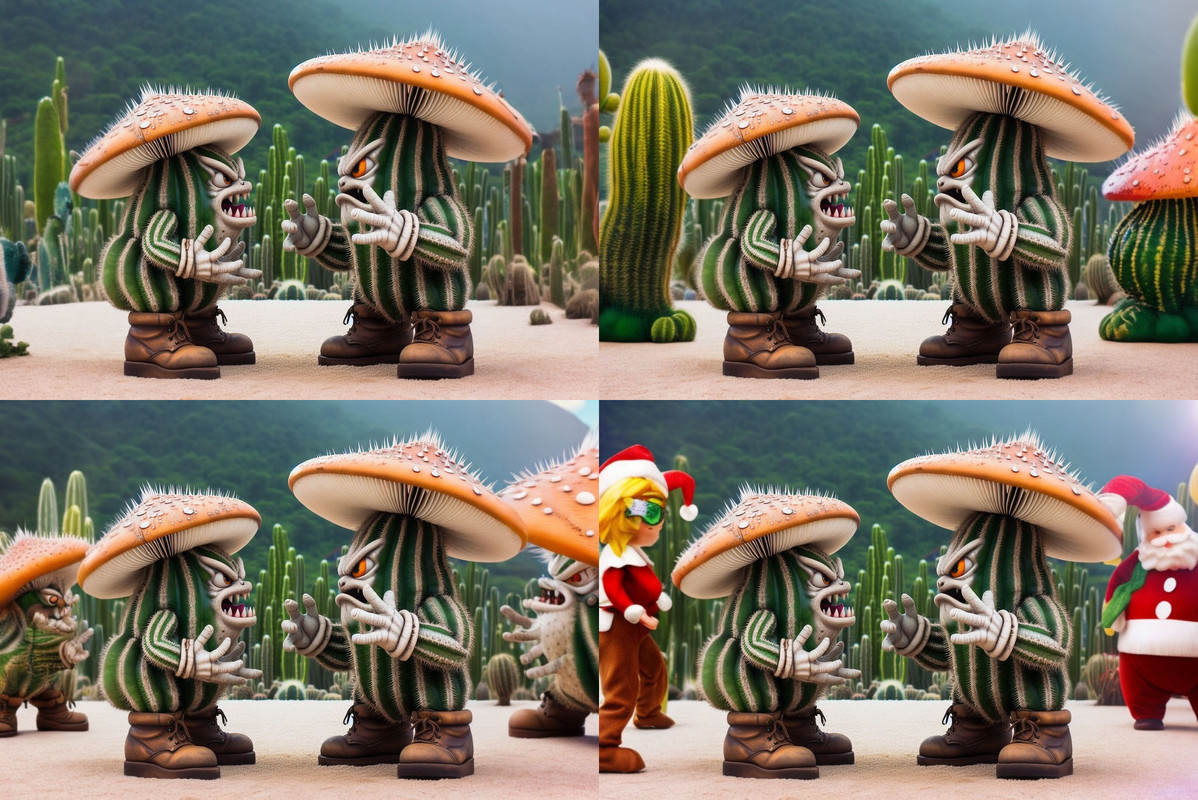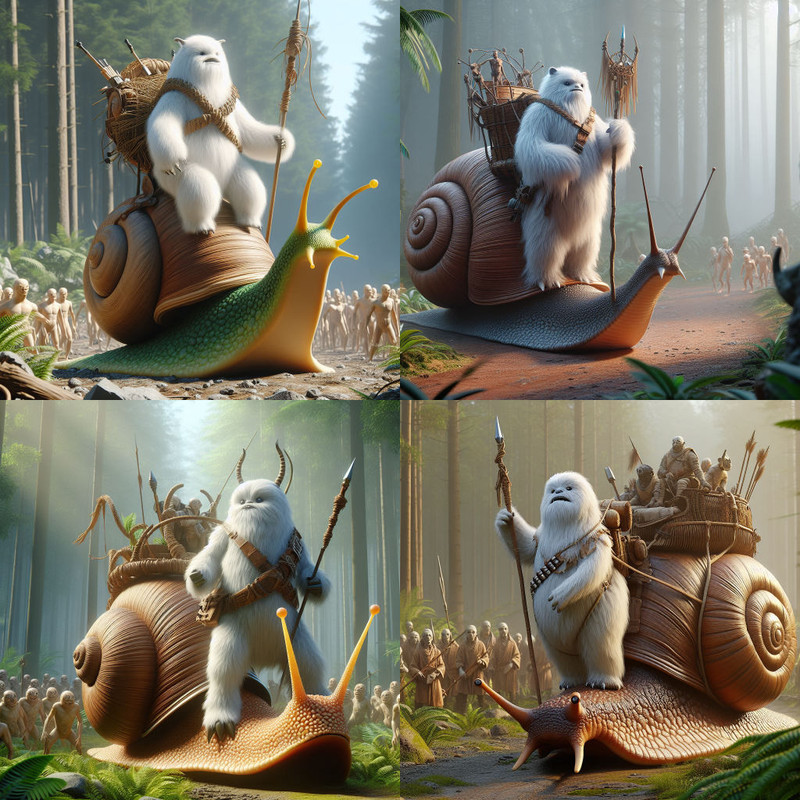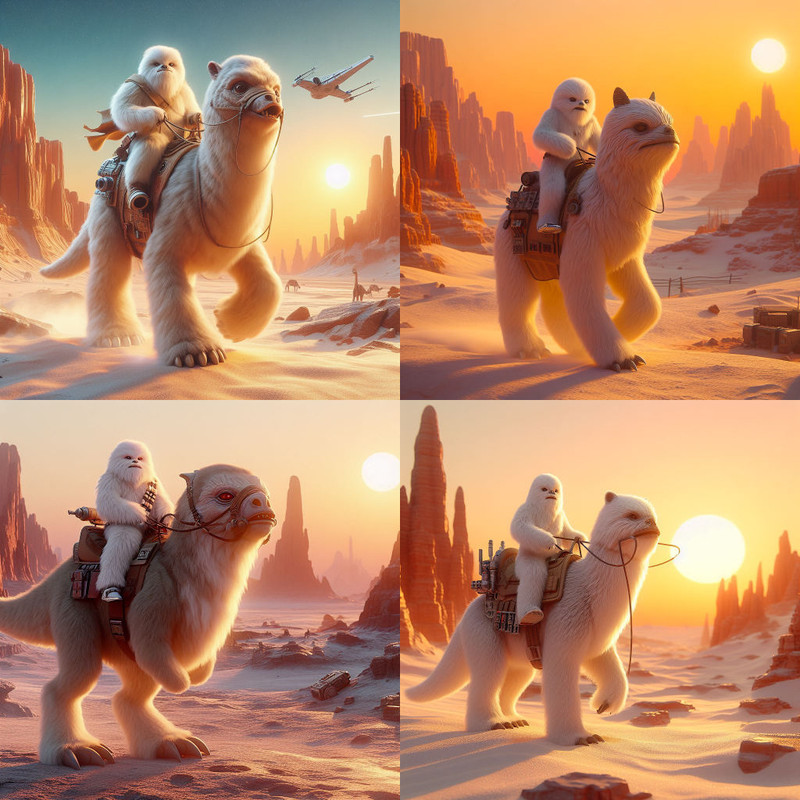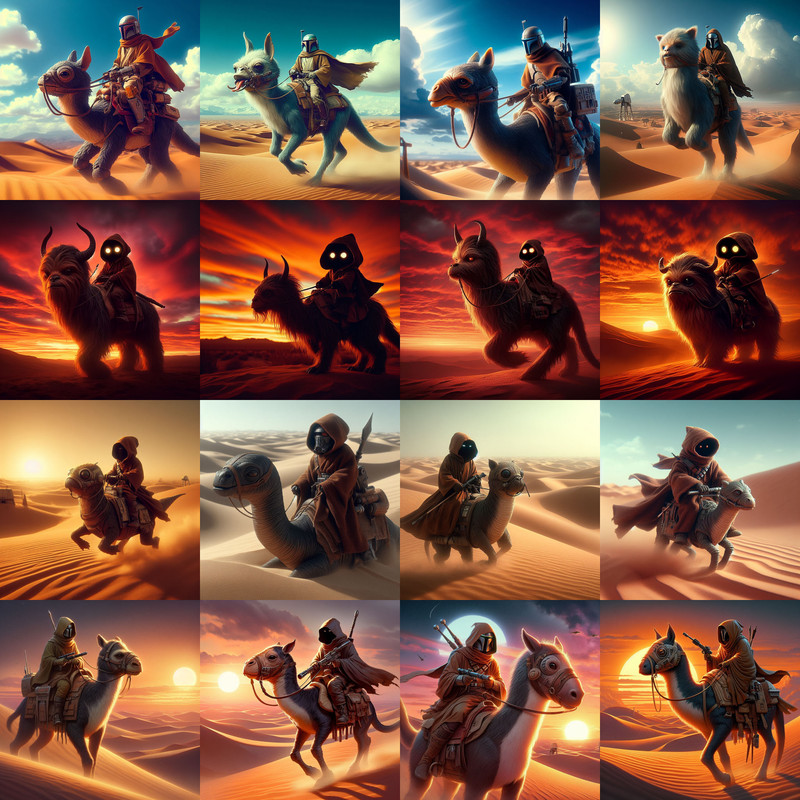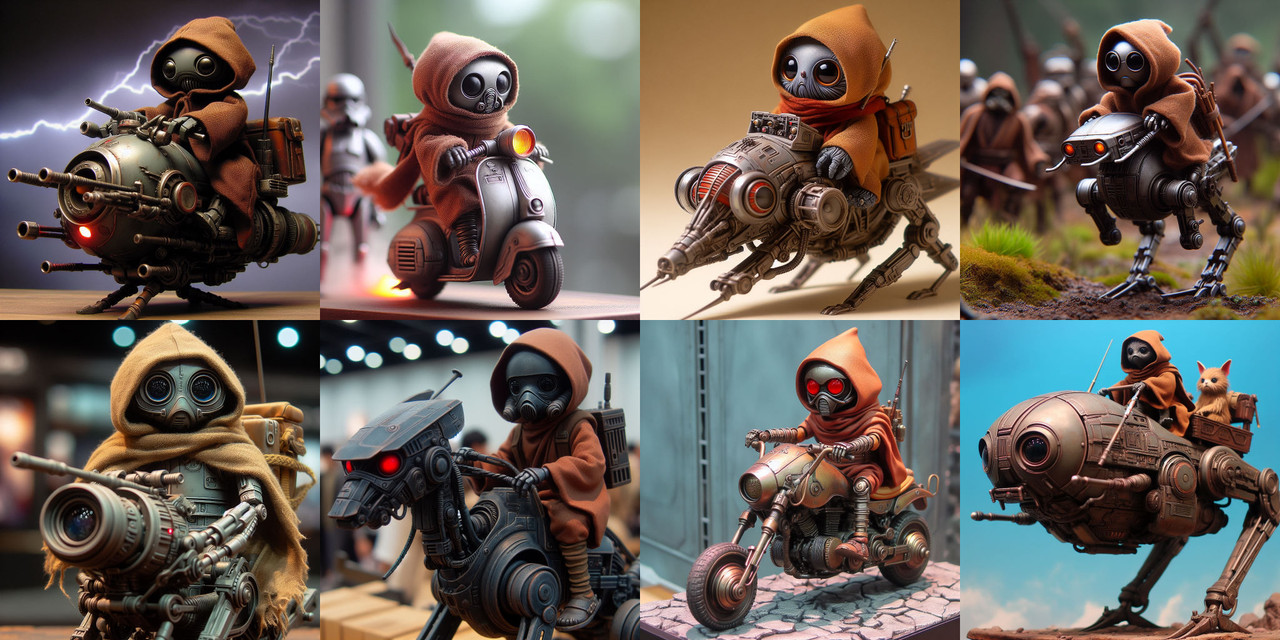I agree with that article. It argues that artists who provide the art that AI learns from should be fairly compensated. They absolutely should. Artists should also have the option to opt-out of the modeling process, if they wish.
Most people should recognize that the current artists who use AI as a tool in their creative process are not claiming the graphic part of the work as their own, but only the concept. I think this is already understood by most viewers, and it will become more obvious as generative AI becomes more advanced and widespread.
I believe that generative AI can and should produce great and unique art (even though it will also produce a lot of junk). There are many people who have inspiring artistic concepts (or funny gag ideas, or whatever) and artistic vision, but lack the artistic skill to create the graphical aspect of their work. AI can level that playing field.
It would be nice if artists who do create the art in their work could watermark it with a trusted mark to let audiences know they created both the art and the idea. Maybe that will be developed someday.
When I create a post for clients or friends and family, I start with a vision and a theme. If it’s a funny post, I already have the gag in my head before I use AI as the tool to flesh it out. Those who view my posts know I didn’t draw or photograph them myself (I’m not that good), but they do know that I created the idea.
And, I rarely use just one generative AI program to create my final product. I often start with one (e.g. Midjourney, Dalle-3, Nightcafe, etc.), then merge it with another, then do a lot of in-painting, usually with Firefly. If I need to include titles, captions, or text bubbles, I use Illustrator. IOW, I use a variety of AI tools to bring my visions to life.
I’m happy to have generative AI as a tool in my arsenal, and I enjoy the AI generated work of others. Sure, there’s going to be more and more lousy, or fraudulant art to sift through online, but you’ve just get better at filtering the wheat from the chaff


